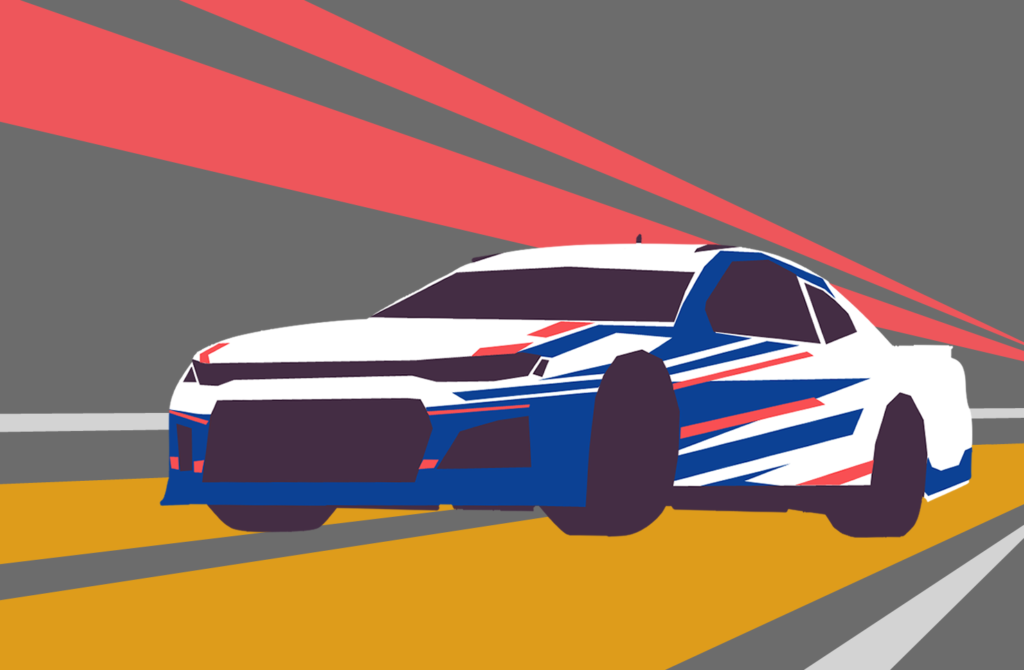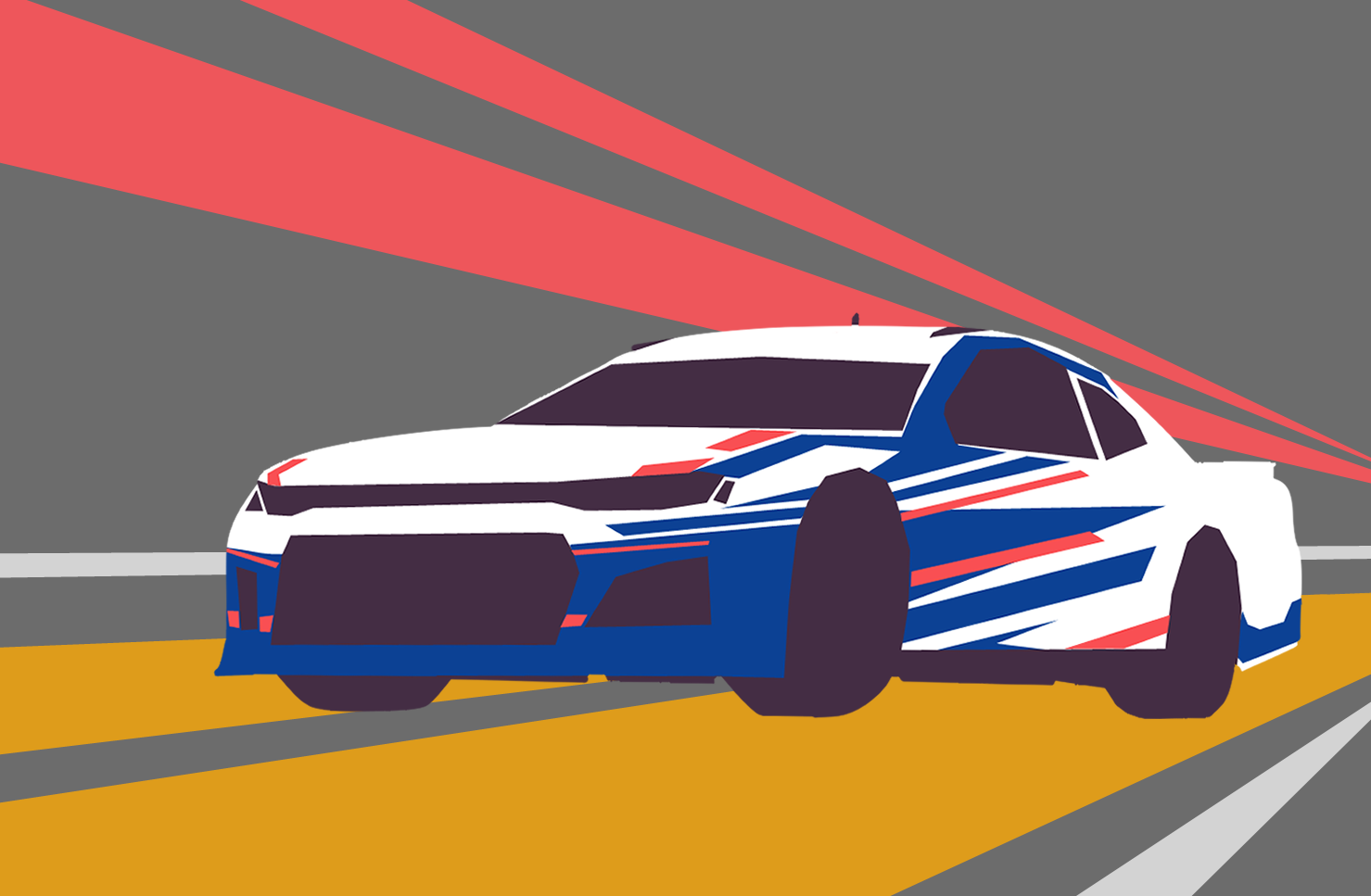Winter has been long, especially for motorsport fans. However, on Feb. 14, the Daytona 500 — the biggest stock car race in the world — relieved fans of the dreaded winter break.. Going into the 63rd running of the Daytona 500, there was a lot of anticipation: Bubba Wallace, #23, was the star driver of a new team founded by Michael Jordan and NASCAR driver Denny Hamlin. This was his first real chance to demonstrate his skill in a car that seems geared towards the front end of the grid. Car #11, Denny Hamlin himself, was going for his third Daytona 500 win in a row, and Alex Bowman — taking the number 48 from retired seven-time world champion Jimmie Johnson — was starting first.
The incident known as “the big one,” where one driver hits another, both of them lose control, and then steam roll a few other cars behind them like pool balls is a staple of superspeedway racing, and it was not absent during last Sunday’s Daytona 500. The race was off to an exciting start with Alex Bowman towards the front until lap 14 where he was collected and then dumped into the wall by Aric Almirola, who had been nudged by Christopher Bell, who was then pushed by Kyle Busch. With Bowman out and all the other drivers who crashed uninjured, the race was set to restart…until the rain.
It rained for six hours.
With track lights and the work of track dryers, the race began again at 9 p.m., since it’s impossible to race safely in the rain due to track banking. The drivers drove most of the race in the dreaded Daytona train: single file, lap after lap. Denny Hamlin ran up in front for most of the race, taking both stage one and stage two wins. (NASCAR races are split into segments called stages. If a driver is in first for a stage, they get extra points in the championship.) Bubba Wallace also showed great speed, giving Hamlin a challenge for stage two, but ultimately, he fell back in the standings due to an additional pit stop for tire vibrations.
With only a few laps left, Joey Logano led the race (because pit stop strategies often go awry), but no race finish at Daytona is complete without some last desperate moves for the win. The race order was Joey Logano, #22, followed by his teammate, Brad Keselowski, #2. Logano had a Daytona 500 win, but Keselowski did not, so Keselowski went low, and Logano went to block. Chaos erupted. Logano and Keselowski collected multiple cars in a fireball wreck. Fortunately, all racers were uninjured.
The car behind them — Michael McDowell, racing for Front Row Motorsports — dodged the wreck, but despite the name, he rarely saw the front row. He kept his foot on the gas as the two cars in front of him crashed each other out, and that determination managed to keep him ahead of reigning Cup Champion Chase Elliott at the time of caution, thus bringing him and the team to take victory lane. Even more thrilling is the fact that Michael McDowell has had 358 race starts, and the Daytona 500, the biggest race on the calendar, was his first victory of a career spanning over a decade.
As for the championship, Austin Dillion leads with Denny Hamlin only behind by six points. Kevin Harvick, Chase Elliott, and Michael McDowell trail Hamlin, and the championship continues to unfold next Sunday with the O’Reilly Auto Parts 253 at Daytona.


